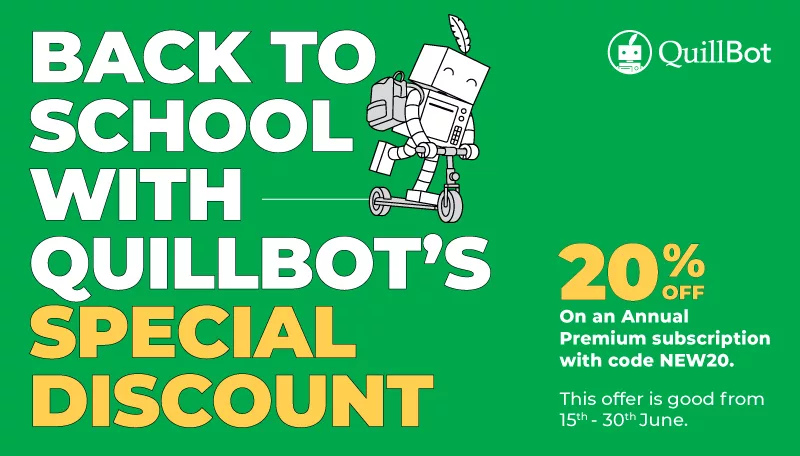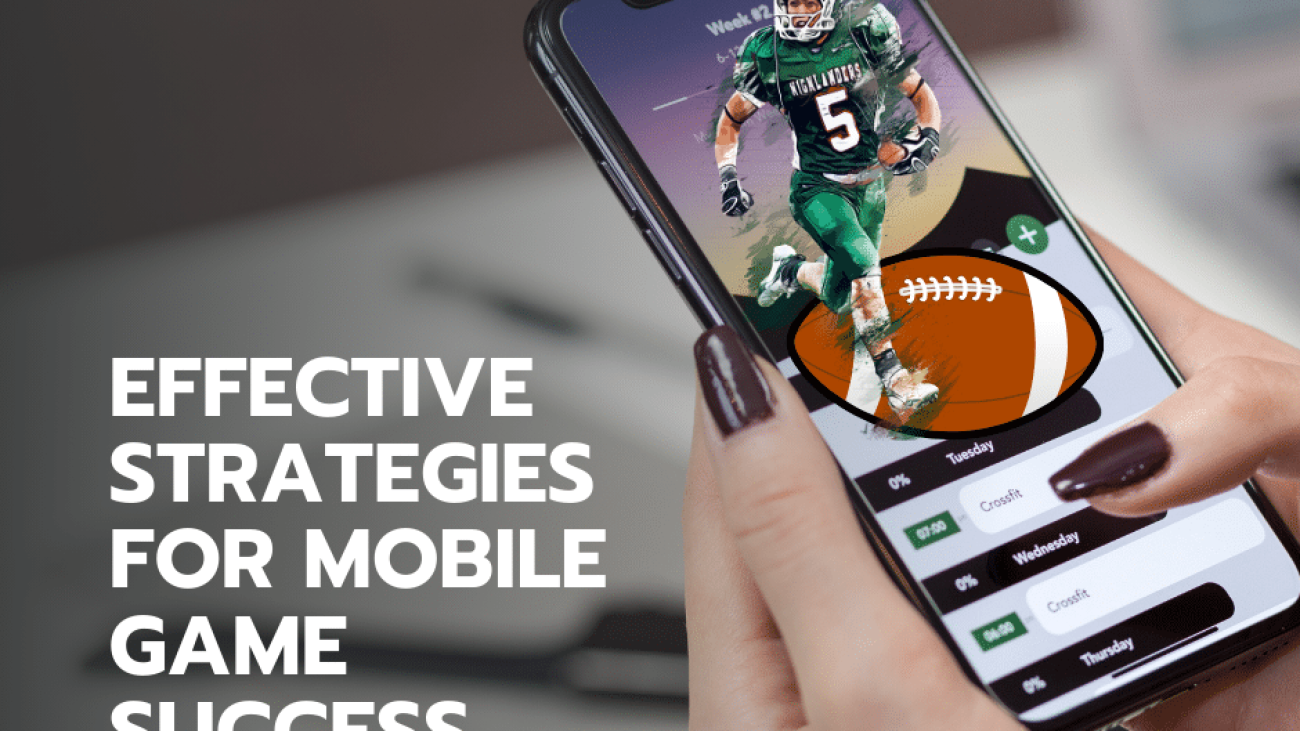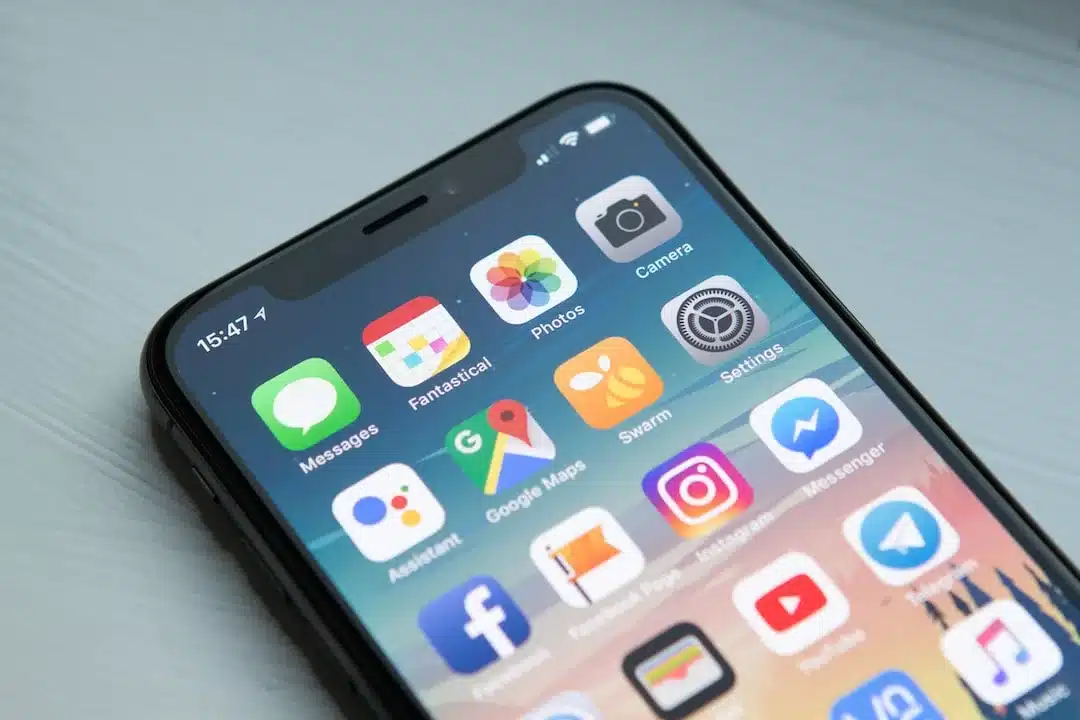User acquisition is a crucial aspect of any business, especially in the world of mobile games. With millions of apps available in the app stores, it can be challenging to stand out and attract new users. However, with the right strategies, you can effectively grow your customer base and increase your app’s visibility. In this article, we will discuss the art of user acquisition and provide you with practical strategies for acquiring new users for your mobile game.
Understanding User Acquisition
Before we dive into the strategies, let’s first understand what user acquisition is. User acquisition is the process of attracting new users to your app or game. It involves various marketing techniques and tactics to increase the number of downloads and installations. User acquisition is a crucial aspect of app marketing, as it directly impacts the growth and success of your app.
The Process of User Acquisition
User acquisition is not a one-time event but a continuous process. It starts with identifying your target audience, understanding their needs and preferences, and then creating a marketing strategy that appeals to them. This strategy could involve various tactics, such as app store optimisation, social media marketing, influencer marketing, paid advertising, and more.
The goal of user acquisition is not just to increase the number of downloads but also to attract high-quality users who will engage with your app, make in-app purchases, and become loyal customers. Therefore, it’s essential to track and analyse your user acquisition efforts to understand what’s working and what’s not and make necessary adjustments.
The Role of User Acquisition in App Marketing
User acquisition plays a crucial role in in-app marketing. It’s the first step towards building a user base for your app. Without users, your app cannot generate revenue or achieve success. Therefore, investing in user acquisition is essential for the growth and sustainability of your app.
User acquisition also helps increase your app’s visibility in the app stores. The more downloads your app gets, the higher it ranks in the app store search results, making it more visible to potential users. This can create a virtuous cycle of growth, where more visibility leads to more downloads, which leads to higher rankings and even more visibility.
The Importance of User Acquisition for Mobile Games
User acquisition is especially crucial for mobile games, as the competition in the app stores is fierce. With over 2.2 million apps available on the App Store and 3.48 million on the Google Play Store, it can be challenging to get your game noticed. User acquisition helps you stand out from the crowd and attract new users to your game. It also helps you increase your game’s revenue and reach a wider audience.
The Competitive Landscape of Mobile Games
The mobile gaming industry is highly competitive, with thousands of new games being launched every day. This makes user acquisition a challenging task for game developers. However, with the right strategies, you can differentiate your game from the competition and attract new users.
One way to stand out in the crowded app stores is to offer a unique and engaging gaming experience. This could involve innovative gameplay, stunning graphics, compelling storylines, or unique features that are not available in other games. By offering something unique, you can attract users who are looking for a new and exciting gaming experience.
The Role of User Acquisition in Mobile Game Success
User acquisition plays a crucial role in the success of mobile games. It’s not enough to create a great game; you also need to get it in front of the right audience. User acquisition helps you do that by increasing your game’s visibility and attracting new users.
User acquisition also contributes to your game’s revenue. The more users you acquire, the more opportunities you have to monetize your game through in-app purchases, ads, and other monetization strategies. Therefore, investing in user acquisition can significantly increase your game’s profitability.
User Acquisition Strategy for Mobile Games
Now that we understand the importance of user acquisition, let’s discuss some effective strategies for acquiring new users for your mobile game.
1. Optimise Your App Store Listing
The first step to acquiring new users is to optimise your app store listing. Your app store listing is the first impression users will have of your game, so it’s crucial to make it count. Start by optimising your app title and description with relevant keywords. This will help your game rank higher in search results and attract more organic traffic.
Importance of App Store Listing
Your app store listing is the first thing potential users see when they discover your game in the app store. It’s like the storefront of your game, and it plays a crucial role in the user’s decision to download your game or not. Therefore, it’s essential to make a good first impression with a well-optimized app store listing.
A well-optimized app store listing can significantly increase your game’s visibility in the app store search results. This can lead to more organic traffic and downloads, reducing your reliance on paid advertising for user acquisition.
How to Optimize Your App Store Listing
Optimizing your app store listing involves several steps. First, you need to choose a catchy and descriptive title for your game. The title should include relevant keywords that potential users might use to search for games like yours.
Next, write a compelling description that highlights the unique features and benefits of your game. Use bullet points to make the description easy to read and understand. Also, include relevant keywords in the description to improve your game’s visibility in search results.
Finally, create eye-catching visuals for your app store listing. This includes your app icon, screenshots, and video preview. These visuals should accurately represent your game and entice users to download it. Use high-quality images and videos to showcase your game’s features and gameplay.
2. Leverage Social Media
Social media is a powerful tool for user acquisition. It allows you to reach a wider audience and engage with potential users. Create social media accounts for your game on platforms like Facebook, Instagram, and Twitter. Share updates, behind-the-scenes content, and promotions to attract new users.
The Power of Social Media in User Acquisition
Social media is a powerful tool for user acquisition because it allows you to reach a large and diverse audience. With billions of users worldwide, social media platforms provide a vast pool of potential users for your game.
Moreover, social media allows you to engage with your audience in a more personal and interactive way. You can share updates, ask for feedback, run contests, and more. This can help build a community around your game, which can lead to more downloads and higher user engagement.
How to Leverage Social Media for User Acquisition
To leverage social media for user acquisition, start by creating accounts for your game on popular social media platforms like Facebook, Instagram, and Twitter. Make sure to use a consistent name and branding across all platforms to create a cohesive brand image.
Next, create a content strategy for your social media accounts. This could involve sharing updates about your game, behind-the-scenes content, user-generated content, and more. The goal is to create engaging content that encourages users to interact with your posts and learn more about your game.
You can also use social media to run contests and giveaways. This can help increase your game’s visibility and attract new users. Plus, it can create a sense of excitement and anticipation around your game, which can boost downloads.
Finally, consider collaborating with influencers in the gaming industry. Influencers have a large and engaged following, and they can help you reach a targeted audience interested in mobile games. Plus, users are more likely to trust recommendations from influencers they follow, which can increase your game’s credibility and appeal.
3. Run Paid Advertising Campaigns
Paid advertising is another effective strategy for user acquisition. Platforms like Facebook, Google, and Apple offer various advertising options to promote your mobile game. You can target specific demographics, interests, and behaviours to reach potential users.
The Role of Paid Advertising in User Acquisition
Paid advertising plays a crucial role in user acquisition. It allows you to reach a large audience quickly and efficiently. Plus, with the advanced targeting options available on advertising platforms, you can reach a highly relevant audience that is likely to be interested in your game.
Paid advertising can also help increase your game’s visibility in the app stores. By driving a large number of downloads in a short period, you can boost your game’s rankings in the app store search results. This can lead to more organic traffic and downloads, amplifying your user acquisition efforts.
How to Run Effective Paid Advertising Campaigns
Running effective paid advertising campaigns involves several steps. First, you need to choose the right advertising platform for your game. This could be Facebook, Google, Apple, or other platforms that offer mobile app advertising.
Next, define your target audience. Use the targeting options available on the advertising platform to reach users who are likely to be interested in your game. This could involve targeting users based on their demographics, interests, behaviours, and more.
Then, create compelling ad creatives that attract users’ attention and entice them to download your game. This could involve eye-catching images, engaging videos, and compelling ad copy.
Finally, set a budget for your advertising campaign and monitor your results. Use the analytics tools provided by the advertising platform to track your campaign’s performance and make necessary adjustments. This could involve tweaking your ad creatives, targeting options, or budget to optimise your results.
4. Offer Incentives
Incentives are a great way to attract new users to your game. You can offer in-game rewards, discounts, or free trials to entice users to download your game. This strategy works well for both paid and free-to-play games.
The Power of Incentives in User Acquisition
Incentives are a powerful tool for user acquisition because they provide a tangible benefit to users. By offering incentives, you can make your game more appealing to potential users and encourage them to download it.
Incentives can also help increase user engagement and retention. Users who receive incentives are more likely to engage with your game and continue playing it. Plus, incentives can encourage users to make in-app purchases, increasing your game’s revenue.
How to Offer Effective Incentives
Offering effective incentives involves understanding your users’ needs and preferences. Start by identifying what your users value most in your game. This could be in-game currency, special items, exclusive content, or other rewards.
Next, create an incentive programme that offers these rewards to users. This could involve offering rewards for downloading your game, making in-app purchases, reaching certain milestones, referring friends, and more.
Make sure to promote your incentive programme through your app store listing, social media accounts, and other marketing channels. This can help increase awareness of your incentives and attract more users to your game.
5. Utilise App Store Optimisation (ASO) Tools
App Store Optimisation (ASO) is the process of optimising your app store listing to improve its visibility and attract more downloads. There are various ASO tools available that can help you analyze your app’s performance and make data-driven decisions to improve your user acquisition.
The Role of ASO Tools in User Acquisition
ASO tools play a crucial role in user acquisition. They provide insights into your app’s performance in the app stores, helping you understand how users discover and interact with your app. This can help you make data-driven decisions to optimise your app store listing and improve user acquisition.
ASO tools can also help you track your competitors’ performance and strategies. This can provide valuable insights that can inform your user acquisition strategy.
How to Use ASO Tools for User Acquisition
Using ASO tools for user acquisition involves several steps. First, choose an ASO tool that fits your needs and budget. Some popular ASO tools include Sensor Tower, App Annie, and Mobile Action.
Next, use the ASO tool to analyse your app’s performance in the app stores. This could involve tracking your app’s rankings, downloads, user reviews, and more. Use these insights to identify areas for improvement and optimise your app store listing.
You can also use the ASO tool to track your competitors’ performance and strategies. This can provide valuable insights that can inform your user acquisition strategy. For example, you can identify the keywords your competitors are targeting, their app store optimisation strategies, their user reviews, and more.
Finally, use the ASO tool to monitor your results and make necessary adjustments. This could involve tweaking your app title, description, keywords, visuals, and other elements of your app store listing to improve your rankings and attract more users.
6. Focus on Retention
While acquiring new users is essential, it’s equally important to retain them. Retention refers to the number of users who continue to use your game after downloading it. A high retention rate indicates that users are satisfied with your game and are likely to make in-app purchases.
The Importance of Retention in User Acquisition
Retention is a crucial aspect of user acquisition. While acquiring new users is important, retaining them is equally, if not more, important. Retained users are more likely to engage with your game, make in-app purchases, and become loyal customers. Therefore, focusing on retention can significantly increase your game’s revenue and success.
Moreover, retaining users is more cost-effective than acquiring new ones. It costs five times more to acquire a new customer than to retain an existing one. Therefore, investing in retention can significantly improve your return on investment.
How to Improve User Retention
Improving user retention involves several strategies. First, focus on providing a seamless and enjoyable user experience. This could involve intuitive controls, engaging gameplay, regular updates, and more.
Next, offer rewards and incentives to encourage users to come back to your game. This could involve daily login rewards, achievement rewards, referral rewards, and more.
Finally, listen to your users’ feedback and make necessary improvements to your game. Users are more likely to stick with a game that listens to their feedback and continuously improves.
Harness the power of referral marketing, which relies on word-of-mouth promotion. Nielsen reports that a staggering 92% of individuals place trust in recommendations from their loved ones, while only 67% trust advertisements or other content formats.
Conclusion
User acquisition is a crucial aspect of growing your customer base and increasing your mobile game’s success. By optimising your app store listing, leveraging social media, running paid advertising campaigns, offering incentives, utilising ASO tools, and focusing on retention, you can effectively acquire new users for your game. Remember to track your results and make adjustments to your strategies to get the best results. With the right user acquisition strategies, you can attract a loyal user base and take your mobile game to new heights.














 by Gabriella Clare Marino (https://unsplash.com/@gabiontheroad)
by Gabriella Clare Marino (https://unsplash.com/@gabiontheroad) by Markus Spiske (https://unsplash.com/@markusspiske)
by Markus Spiske (https://unsplash.com/@markusspiske) by Kelly Sikkema (https://unsplash.com/@kellysikkema)
by Kelly Sikkema (https://unsplash.com/@kellysikkema)
























